Optimizing Our Internal DIalogue
One of the core principles to Cognitive Behavioral Therapy (CBT) suggests that our thinking impacts the way we feel and therefore behave. With that in mind, checking in with ourselves to ensure that we're thinking in optimal, helpful ways is essential. Fortunately, there's a relatively painless way for us to analyze our thought processes. If you're unfamiliar with this terminology, no need to worry - I'd like to introduce Cognitive Distortions (thinking errors). The following article link will take you to a list of thinking patterns that we're all guilty of at some point or another, but if you find yourself feeling down, anxious, fearful, worried, or any other uncomfortable emotion - I'd imagine that one or multiple cognitive distortions are taking place.
Read through the list and see which distortions you find yourself engaged in at times. This can be helpful in identifying some of our natural thinking tendencies. From there - see if you can maintain a log of negative thoughts. A good way to do this could be when you notice an uncomfortable emotion, ask yourself "what's going through my mind right now?". Once you have a few thoughts down - see if any Cognitive Distortions fit the negative thoughts. After a while, a pattern will begin to emerge and you'll be able to identify the unhelpful thinking patterns in the moment, and counteract them with more rational, helpful thoughts. Here's to a healthier inner dialogue!
